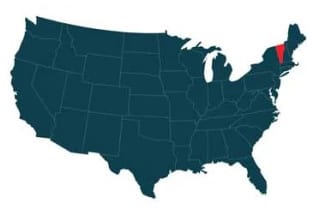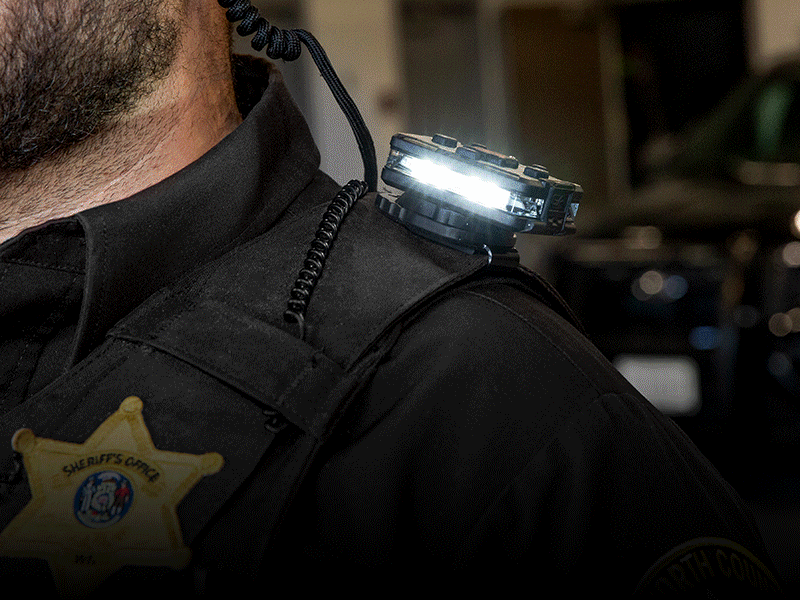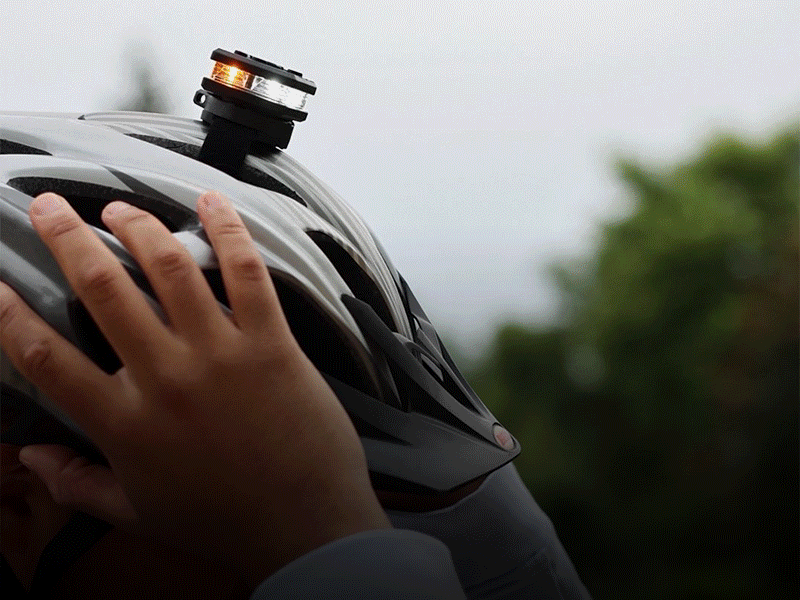Vermont Emergency Vehicle Light State Statutes
Vermont Emergency Vehicle Light State Statutes
There are very strict laws in the State of Vermont about the types of vehicles that can carry emergency lights. The color and number of lights, the authorization of strobe lights, and the circumstances in which the lights for emergency vehicles can be used vary depending on the vehicle’s position. It is important to ensure that any lights that are fitted with your vehicle can be shown in compliance with the Vermont Motor Vehicle Rules as described below.

Police Lights
Under Vermont State law, police vehicles are allowed to display blue and white lights when it comes to motor vehicle operation. Under State statute 23 V.S.A. § 1252, section A1, all law enforcement vehicles owned or leased by a law enforcement agency are allowed to display blue and white lights. In addition, certified law enforcement officials or Vermont Criminal Justice Training Council members are permitted to equip their vehicles with blue and white lights.
The same section allows a town constable to apply for their personal vehicle for the blue and white emergency lights. The application is required to be accompanied by a town clerk certification that the applicant has actually been appointed to the constable position. The clerk must also testify that the town has not voted down the authority of the constable to engage in compliance activities. In order to obtain and maintain the police light permit, the constable also needs to have passed a basic training course and complete annually in service training. See the section titled “Permits” below for more information about the application process.
Section A6 of the same law also allows for the display of blue or a blue and white combination of emergency light lamps on restored law enforcement vehicles used for display purposes, such as in a car show or a parade. Only when participating in the show can the lights on those vehicles be triggered.
By Vermont state statute 23 V.S.A. § 1015, sections A and B, law enforcement vehicles are allowed to engage their emergency lights and disregard certain traffic laws when pursuing a person suspected of infringing the law. These vehicles are also allowed to activate their lights and go faster than the maximum speed limit, and when responding to an emergency they pass through stop signs and red traffic signals.
Fire Truck Lights
Under Vermont State Statute 23 V.S.A. § 1252, section A2, all vehicles owned by the municipal fire department are allowed to display red or red and white signals. These vehicles do not need a permit to be fitted with the emergency lights.
Section A6 of this same statute allows restored fire vehicles to display red lights, or a combination of red and white lights, similar to restored law enforcement vehicles. Often, these vehicles are only allowed to turn on their lights during exhibition events.
Fire trucks are required to activate their lights according to Vermont State Statute 23 V.S.A. § 1015, sections A and B while responding to a emergency emergency. This statute also allows fire vehicles to go faster than the speed limit, to drive the wrong way on roads when necessary, and to pass through red lights and stop signs after slowing down first. After the emergency has passed, fire vehicles are not allowed to engage their fire truck lights when returning to the fire station.
Volunteer Fire Fighter Lights
Red or red and white emergency lights are also authorized for fire fighter vehicles of voluntary nature. Under state statute 23 V.S.A. § 1252, section A2, volunteer firefighters and members of the rescue squad may apply to use these emergency lights in their personal vehicles. These volunteers are also allowed to apply to put emergency vehicle lighting on an employer’s vehicle when the volunteer has written the employer’s authorization to use the vehicle for fire and rescue emergencies. More information about the application process can be found in the section “Permits,” below.
Vermont State Statute 23 V.S.A. § 1015, sections A and B, allow for the activation of emergency lights by a volunteer fire vehicle responding to a fire alarm. The vehicle may also neglect speed limits and stop signals after first slowing to ensure no collision occurs. When returning from a fire call, volunteer fire vehicles are not allowed to use their lights.
Similar to fire trucks and voluntary fire vehicles, ambulances are also authorized to use emergency lights in red or red and white, in accordance with Vermont State Statute 23 V.S.A. § 1252, section A2. These vehicles don’t need to apply for a lisence.
According to statute 23 V.S.A. § 1015, sections A and B, after first slowing down, an ambulance responding to an emergency call is allowed to engage the emergency lights and pass through a red stop signal or stop sign. The ambulance may also go beyond the speed limit and ignore the directionality of the roads.
Tow Truck Lights
Tow trucks may display amber lights by statute 23 V.S.A. § 1252, section B of the Vermont State. Wreckers are required to mount their lights so they are visible on all sides of the vehicle. Tow trucks are not permitted to have the lights fitted with a siren. A permit to display amber lights is not necessary in Vermont.
Construction Vehicle Lights
According to state law 23 V.S.A. § 1252, section B, road maintenance vehicles such as construction trucks are authorized to display amber emergency light.
Utility Vehicle Lights
Service vehicles, such as utility trucks, may display and use amber lights in accordance with Vermont State Statute 23 V.S.A. § 1252, B. The lights must be mounted high on top of the truck, so that they can be seen clearly around the vehicle from 360 degrees. The showing of lights on service vehicles is not allowed by permit. Sirens are not permitted on utility vehicles.
Pilot Vehicle Light
Pilot vehicles referred to as escort vehicles by the Motor Vehicles Department of Vermont are required to accompany over-sized vehicles that meet or exceed 12 feet wide, 80 feet long, or 15 feet overhang. The pilot car at the highest point of the vehicle must be equipped with a flashing amber light, and must be visible from 360 degrees. Furthermore, for the duration of each step the escort vehicle has to leave its headlights on the low beam environment. Also, when leading, escort vehicles are required to display a sign on the front read “OVERSIZE LOAD,” or mount the sign on the rear after the truck. The overweight load requires a permit but there is no need to supply the accompanying escort vehicle separately with a permit to use the amber lights.
Safety Vehicle Lights
Currently there are no state laws or regulations in the state of Vermont, through the Department of Motor Vehicles, regarding emergency lights on safety vehicles.
Allows to access the application through the Vermont Department of Motor Vehicles Personal Vehicles that require a permit to display red or blue emergency lights Once a permit is granted, it must be carried in an accessible location while the vehicle is being operated and shown to any law enforcement or inspection staff as one would with a driver’s licence. The emergency lighting permits are specific to the vehicle for which they are authorized; if the registration is transferred to another vehicle, a new license application must be submitted within 30 days.
In the state of Vermont the use of emergency vehicle lights is strictly regulated. The color of the light, permission to use strobe lights, and circumstances when the lights can be turned on are all clearly delineated in the state’s motor vehicle statutes. It is important to pay close attention to and adhere to the laws governing emergency lights, and if necessary to apply for the appropriate permits.
For more information on what lights are available to you, we suggest calling your State Highway Patrol office at: 802-241-5000
* Please note that these numbers are what we can currently find, and the numbers may have changed since this listing.





